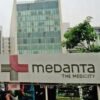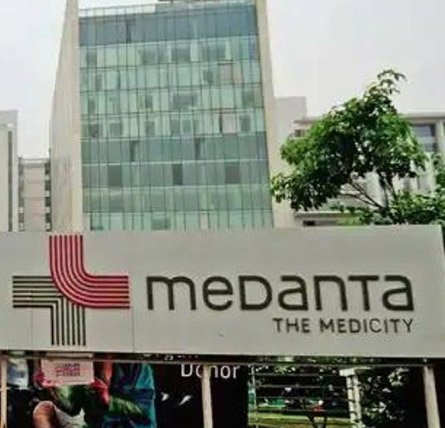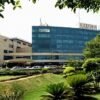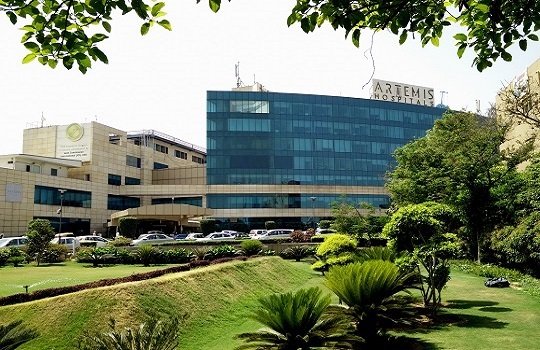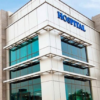Bronchoscopy is a medical procedure that involves the examination of the airways and lungs using a thin, flexible tube with a camera and light source at its tip. This procedure allows healthcare providers to diagnose, treat, and monitor various respiratory conditions and abnormalities within the air passages and lungs.
Key Aspects of Bronchoscopy:
- Indications: Bronchoscopy may be performed for various reasons, including:
- Diagnosis: To investigate symptoms such as chronic cough, unexplained chest pain, hemoptysis (coughing up blood), or persistent lung infections.
- Treatment: To remove foreign objects or excess mucus, deliver medications directly to the lungs, or perform interventions such as bronchial stent placement.
- Monitoring: To assess the progress of lung diseases, such as lung cancer or interstitial lung disease.
- Types of Bronchoscopy:
- Flexible Bronchoscopy: This is the most common type, performed using a thin, flexible tube (bronchoscope) inserted through the nose or mouth.
- Rigid Bronchoscopy: A larger, rigid bronchoscope may be used for certain therapeutic procedures or when a more extensive examination is needed.
- Procedure: During bronchoscopy, the bronchoscope is passed through the nose or mouth, down the throat, and into the airways. The camera provides real-time images of the airway's interior, allowing the healthcare provider to visualize any abnormalities. Biopsies, fluid samples, or therapeutic procedures can also be performed through the bronchoscope.
- Anesthesia: Bronchoscopy may be done with local anesthesia (numbing the throat) or general anesthesia (putting the patient to sleep), depending on the complexity of the procedure and patient preferences.
- Recovery: After the procedure, patients may experience a sore throat, coughing, and mild discomfort. Most can resume their normal activities within a few hours to a day.
- Risks and Complications: Bronchoscopy is generally considered safe, but it carries some risks, such as bleeding, infection, or adverse reactions to anesthesia. The likelihood of complications depends on the type of bronchoscopy and the patient's overall health.
- Results and Follow-Up: The findings from a bronchoscopy can aid in diagnosing respiratory conditions or guiding treatment decisions. Follow-up appointments with the healthcare provider are essential to discuss the results and any further steps required.
Bronchoscopy is a valuable tool in diagnosing and managing various respiratory conditions, including lung cancer, infections, and airway obstructions. It offers the advantage of direct visualization and the ability to perform interventions and collect samples for laboratory analysis. Patients undergoing bronchoscopy should have a clear understanding of the procedure's purpose, potential risks, and expected outcomes, which can be discussed with their healthcare provider.
